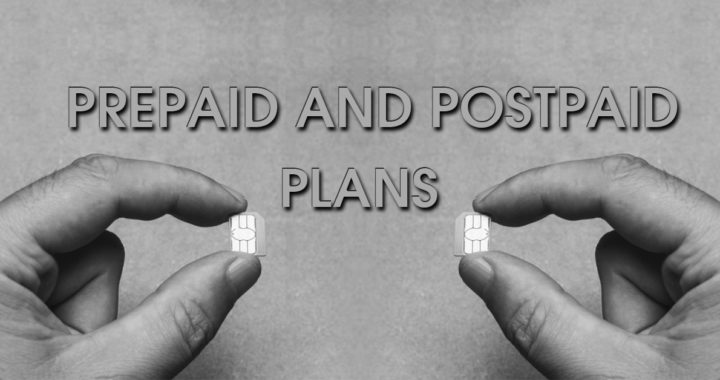The Telgoo5 online charging system processes millions of transactions for our customers every day. Charging happens in real time which allows for more reliable billing, less frequent errors, and improved efficiency. We have built our convergent real time billing system so that it can support your unique business requirements. We can support both prepaid and postpaid plans.
Many of our clients prefer to offer their customers both prepaid and postpaid options. Below is a summary of the unique features and advantages of each billing system.
Prepaid Plans
A prepaid billing plan charges customers for their service upfront up to a certain cap. Your prepaid customers will all pay a flat fee for phone service. Whenever a customer makes a call, our real-time billing system authenticates the call, authorizes the connection, and then deducts the recorded call time from the customer’s remaining prepaid balance. If the customer does not use their entire available balance before the set time period is up, they forfeit that balance. If the client runs out of service before the month is up, they will be charged again for another block of prepaid service.
Prepaid services don’t require the storage of usage detail records (UDRs), but instead require real-time authenticating and authorizing. When choosing a charging system, providers should ensure that their system has capacity to scale so that it may meet client needs as subscribers use more and more data. Telgoo5’s hosted cloud based rating and charging system can scale and is designed to have no single point of failures. It allows for easy setup of prepaid plans and any top-up’s the prepaid customers might need.
Postpaid Plans
A postpaid billing plan charges clients after the service is used, and itemizes their bill based on how much of the service they consumed. Clients are never charged for services they did not use. In order to accurately operate a postpaid plan, call records must be kept and tallied. This is done through Usage Detail Records (UDRs) which include the caller’s number, the number they were calling, the date and time the call took place, the call duration, and the call type. This information must later be converted into an invoiceable amount by the billing system.
Most companies operating on a postpaid model charge their clients monthly, but there is often a delay between the end of service and billing since the provider has to tally what the client used. This type of billing requires more work on the provider’s side, but it can be worth it if your clients are heavy users.
Which is right for your business?
Prepaid plans are great for companies with limited resources. Instead of itemizing every bill and chasing customers for payment, payment happens upfront and customers are expected to manage their own usage. Real-time billing happens through Telgoo5. Postpaid models are great for companies who have heavy users and can afford the internal billing resources to support itemized billing and payment tracking. The size of both your business and customer base will determine which billing plan is most advantageous for you, but most providers prefer to use a mixed model.
Remember that no matter which system you choose for billing and charging, that Telgoo5 can support you.
